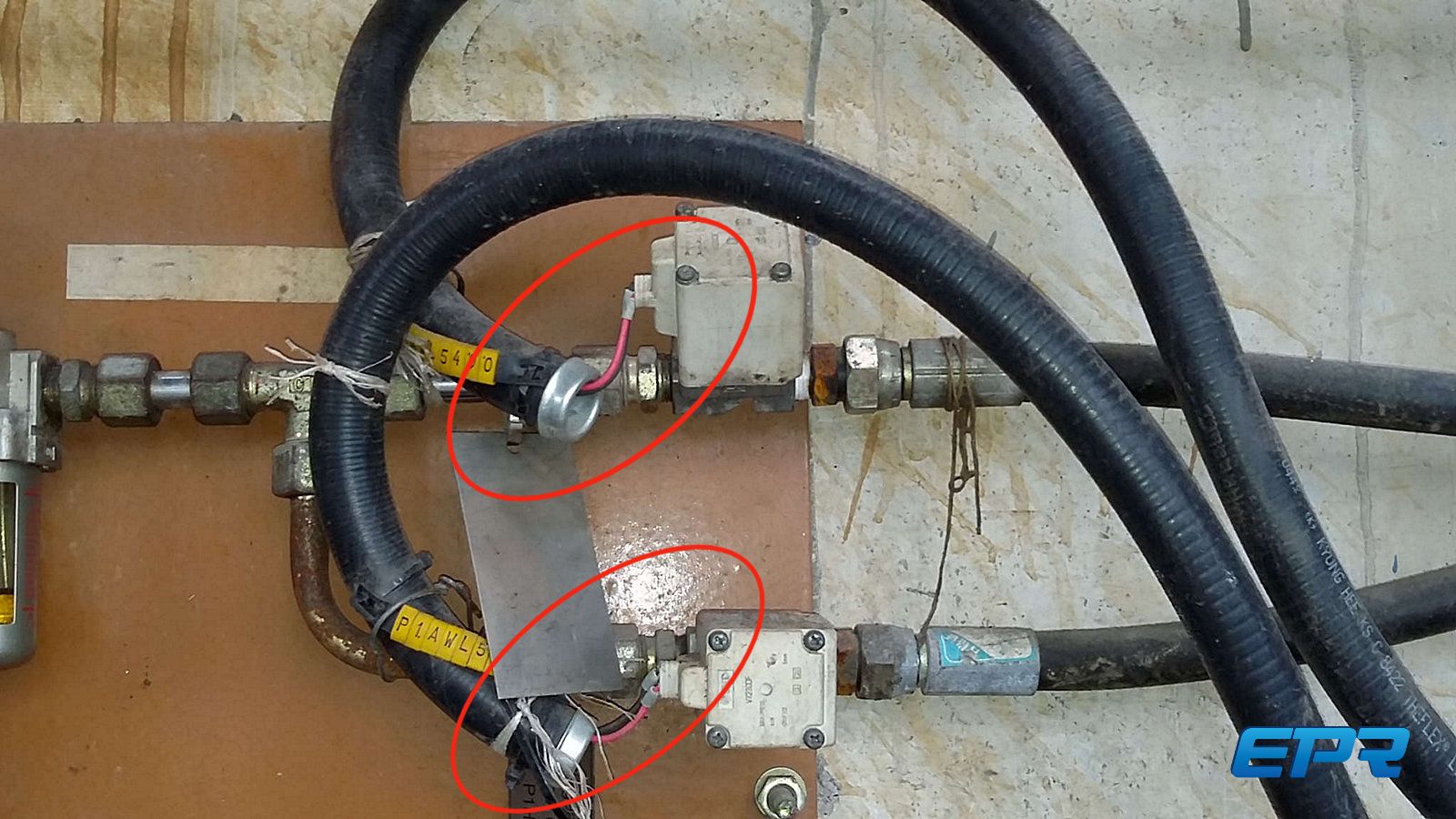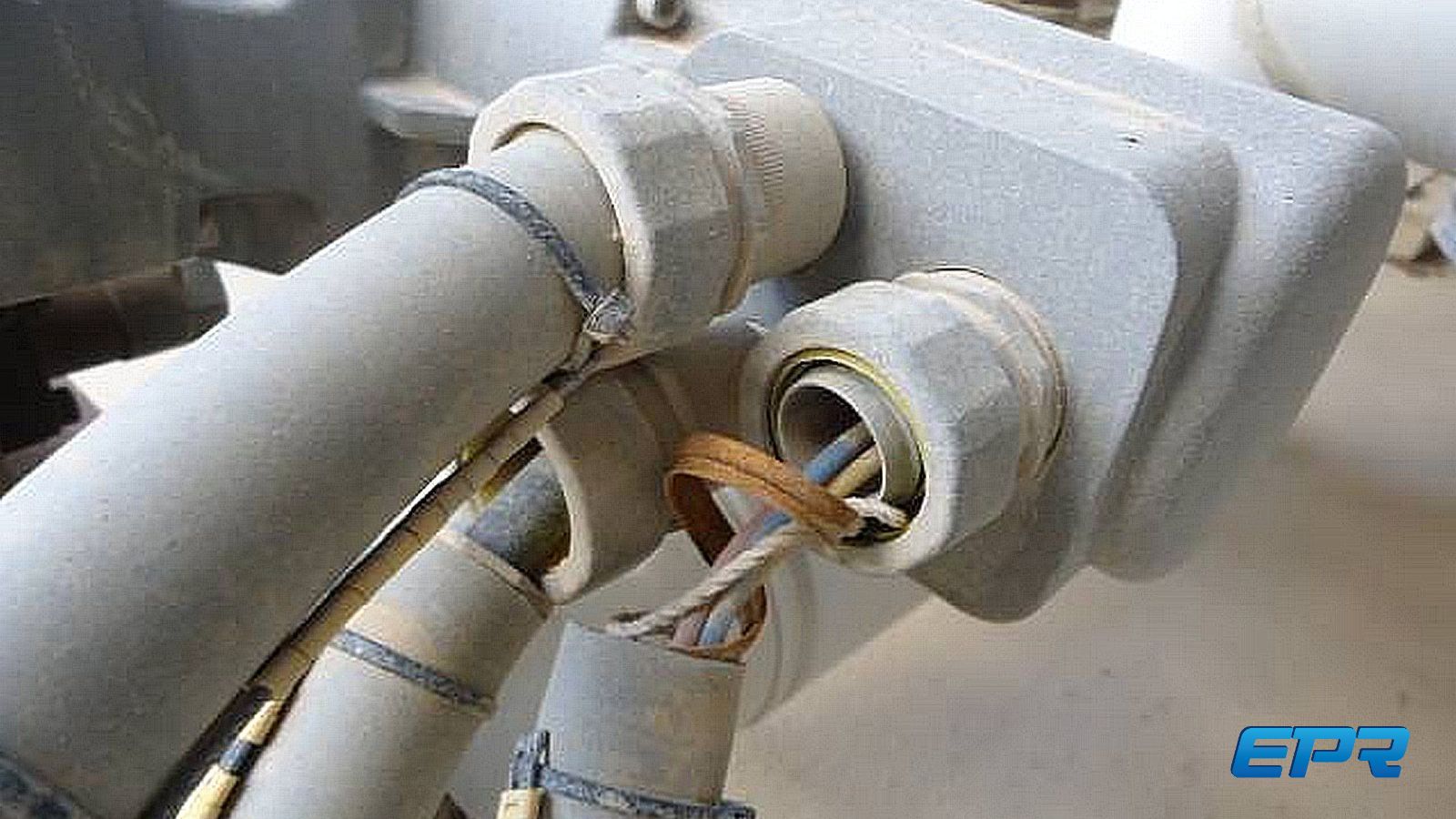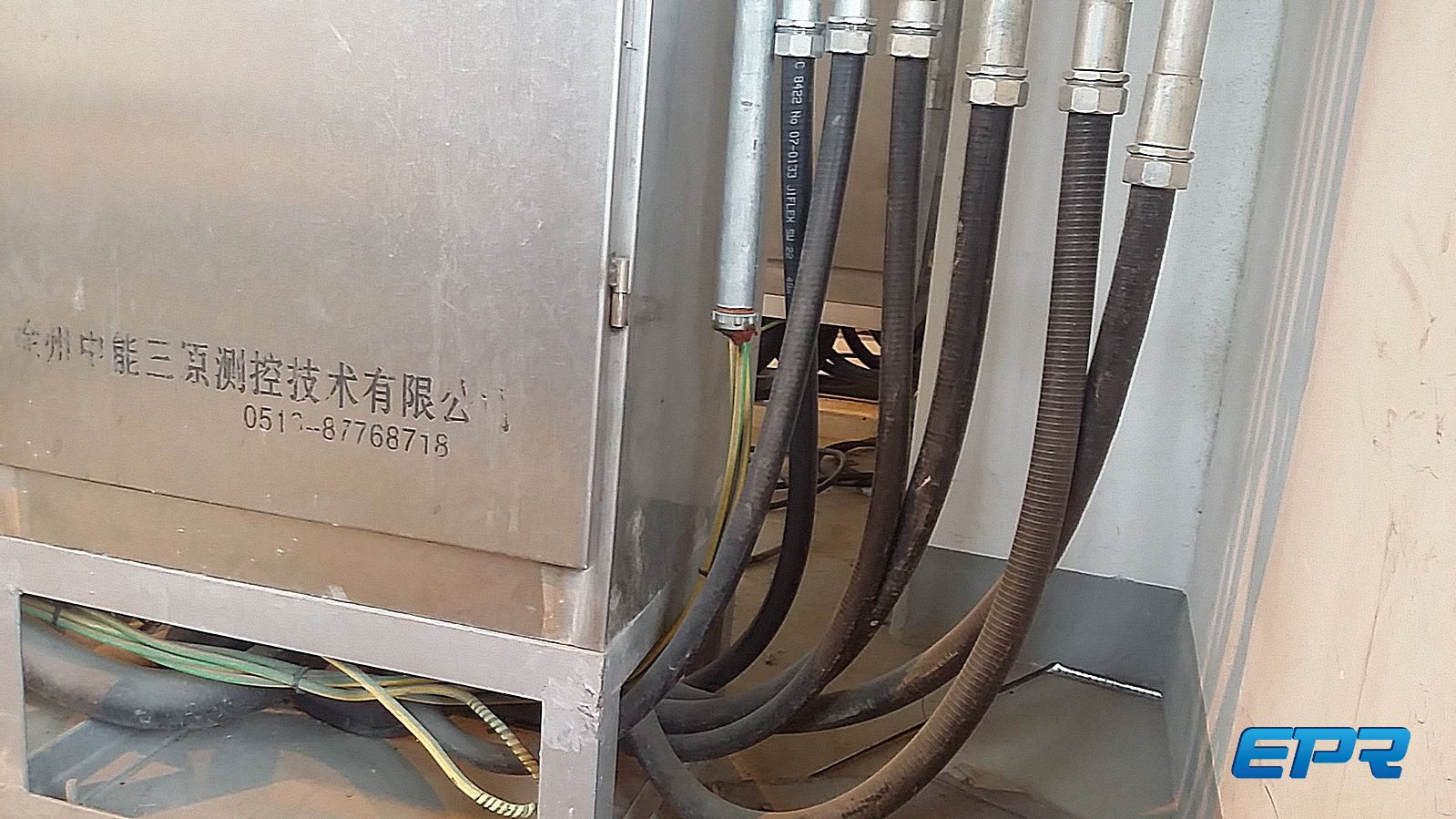Flex-abuse
Where labor and supervision are less skilled, electrical installation quality can be very poor. However, keep in mind that all EPC contracts have codes, standards, and often owner specifications that provide overlapping requirements that mandate this be done properly and that it is verified by contractor QC personnel. But, to no avail.
One aspect seen on almost every developing country project, is the abuse of liquid-tight metal flex. Please note the photos are from NEW plants, and alarmingly in some cases not even to COD.
Flex is designed to be used in locations where there is differential movement between a piece of equipment and conduit feeding a circuit to the equipment. Flex is not intended to be a shortcut device where an electrician does not have the skill to make proper conduit bends.
Far too often, flex is used where it should not be. To put an approximate number on it, easily 50% of flex use should not exist.
In other cases, the proper fittings are not provided on each end, grounding continuity is not assured, excessive flex length is used, leaky installation is almost always present, among a dozen other highly repetitive defects. An easy indicator of multiple failures is the use of tape to “tidy” things up.
Costs somewhat more to perform correctly.
The life-cycle ramifications for owners can be significant due to water damage of electrical and I&C devices leading to intermittent system ghost trips and failures.














